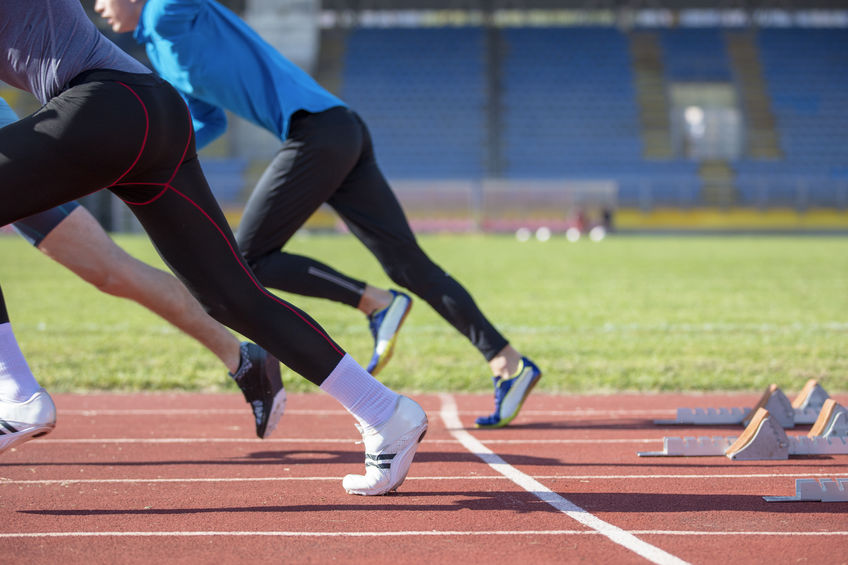Beware Of Spinal Injuries
Injuries are a part of sports, with some a higher risk than others. But almost all sports are at risk for spine injuries. The spine consists of bones, discs, ligaments, and nerves that support the body. So a collision or overextension can cause damage to the spine. These can be minor injuries or more severe conditions that need surgical intervention. Look out for these 3 spinal conditions.
1. Strains and sprains
Strains and sprains are the most common back injuries that happen in sports. The spine contains several ligaments that run along the individual vertebrae. The ligaments provide stability, preventing the spine from moving too much in one direction. Golfers, tennis players, swimmers, and weightlifters can strain these ligaments. For treatment, rest, medication, and physical therapy can help. Athletes must not ignore ligament strains, as the injury can develop into long-term damage if left untreated.
2. Vertebral stress fractures
The spine has several bones called vertebrae that protect the spinal cord. These bones are strong and flexible but can be damaged in high-impact situations. Sports like wrestling, gymnastics, rugby, soccer, and football are prone to stress fractures. A hard fall can cause this injury, especially in young athletes with developing bones. A doctor must assess the extent of the damage using MRIs. From there, conservative treatment like bracing, medication, and physical therapy may help. In serious cases, especially in emergencies, surgery, like spinal fusion, is the best option.
3. Lumbar herniated discs
Between each vertebra lies fibrous discs, which help with flexibility and shock absorption. With sports, herniated discs are a common threat. The disc shifts out of place and presses on surrounding nerves, causing nerve pain. Discs can come from overtraining, overexertion, or constant stress on the back. That said, almost any athlete in any discipline can develop the condition. Herniated discs can happen anywhere in the spine and can sideline athletes for months.
Treating herniated discs
Herniated discs are delicate and can cause pain that moves to other parts of the body. Non-surgical treatment is a useful first step. Athletes can benefit from rest, anti-inflammatory medication, and physical therapy. Steroid injections are another viable option but may be limited due to sporting regulations. For long-term pain, a microdiscectomy or spinal fusion surgery might be the only way to relieve pain.
Spinal injuries require the right support
Spinal injuries are common and can derail an athlete’s season. Athletes at all levels must work on strengthening the back to prevent these issues. The right posture, diet, and exercise can help. However, collisions and other incidents are sometimes unavoidable. These can cause fractures, sprains, or herniated discs. In these cases, follow the advice and guidance of doctors for a long, fantastic playing career.



